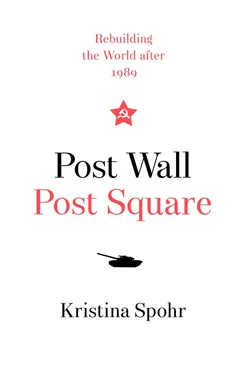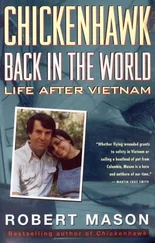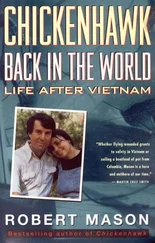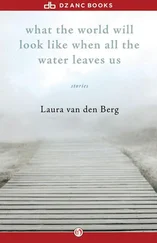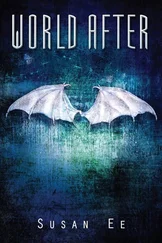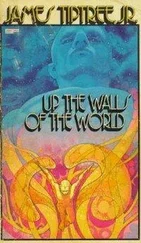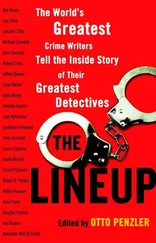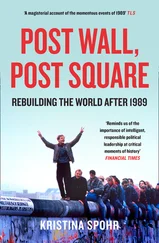Picking up themes from his inaugural address, Bush reflected on the passing of totalitarianism, the spread of freedom and the right to self-determination. ‘The West can now be bold in proposing a vision of the European future,’ he declared. ‘We dream of the day when there will be no barriers to the free movement of peoples, goods, and ideas. We dream of the day when Eastern European peoples will be free to choose their system of government and to vote for the party of their choice in regular, free, contested elections … And we envision an Eastern Europe in which the Soviet Union has renounced military intervention as an instrument of its policy.’ Bush’s refrain about ‘dreams’ and ‘visions’ fleshed out his comments five days earlier to Wörner. He was driven by a growing conviction that America, as the leader of the West, now had an unprecedented opportunity to apply its statecraft to the reshaping of Europe. ‘What has brought us to this opening?’ he asked. ‘The unity and strength of the democracies, yes, and something else: the bold, new thinking in the Soviet Union, the innate desire for freedom in the hearts of all men.’ The president proclaimed that ‘if we’re wise, united, and ready to seize the moment, we will be remembered as the generation that made all Europe free’. [89]
Scowcroft called the Hamtramck speech the administration’s ‘first major step on Eastern Europe’. Although he admitted that it received ‘scarcely a glance’ in the US, Bush’s words attracted much greater attention in Europe and the USSR, where Pravda was indeed rather favourable, singling out the president’s positive evaluation of Soviet reforms and the prospects for better superpower relations. [90]
By May the administration’s sluggish review of Soviet policy was finally gathering pace. On the 12th Bush used the commencement ceremonies at Texas A&M University in his adopted home state to publicise something of the new strategy for superpower relations, which he summed up in the key concept ‘Beyond Containment’. In other words, the president wanted to transcend the defensive posture that had characterised US policy at the height of the Cold War. Here was a more assertive Bush: the cautious bystander on the margins of the Reagan and Gorbachev summit at Governors Island the previous December now had a clear sense of where he wanted to go:
We are approaching the conclusion of an historic post-war struggle between two visions: one of tyranny and conflict and one of democracy and freedom. The review of US–Soviet relations that my administration has just completed outlines a new path toward resolving this struggle … Our review indicates that forty years of perseverance have brought us a precious opportunity, and now it is time to move beyond containment to a new policy for the 1990s – one that recognises the full scope of change taking place around the world and in the Soviet Union itself. In sum, the United States now has as its goal much more than simply containing Soviet expansionism. We seek the integration of the Soviet Union into the community of nations.
Bush also set out the terms on which the USSR would be welcomed back ‘into the world order’. Fine rhetoric from Gorbachev was not sufficient – ‘promises are never enough’. The Kremlin must take some concrete ‘positive steps’. Top of the list were to reduce Soviet forces (proportionate to legitimate security needs), provide support for self-determination, ‘tear down the Iron Curtain’ and find diplomatic solutions with the West to resolve regional disputes around the world, such as in Afghanistan, Angola and Nicaragua. Taking these steps would make possible a qualitatively new relationship between the two superpowers. [91]
And yet, as Bush admitted, Soviet military capabilities remained ‘awesome’. So deterrence still remained vital and this demanded a strong NATO – the theme of Bush’s speech on 24 May in New London, Connecticut, to the US Coast Guard Academy. There he outlined future US military strategy and arms-control policy for the next decade. ‘Our policy is to seize every – and I mean every – opportunity to build a better, more stable relationship with the Soviet Union, just as it is our policy to defend American interests in light of the enduring reality of Soviet military power.’ He acknowledged that, ‘amidst the many challenges we’ll face, there will be risks. But let me assure you, we’ll find more than our share of opportunities … There’s an opportunity before us to shape a new world.’
A new world was possible because ‘we are witnessing the end of an idea: the final chapter of the communist experiment. Communism is now recognised … as a failed system … But the eclipse of communism is only one half of the story of our time. The other is the ascendancy of the democratic idea’ – evident across the world from trade unionists in Warsaw to students in Beijing. ‘Even as we speak today,’ he told the young American graduands, ‘the world is transfixed by the dramatic events in Tiananmen Square. Everywhere, those voices are speaking the language of democracy and freedom.’ [92]
The Coast Guard speech completed Bush’s public exposition of his administration’s new strategy toward the European cockpit of East–West relations ahead of the NATO summit in Brussels on 30 May. [93]His visionary statements about peace and freedom, about global free markets and a community of democracies, give the lie to later claims that his foreign policy was aimless, merely reactive and ‘too unwilling to move in untested waters’. Above all, he was repeatedly emphasising the place of US leadership in the world and asserting what the administration regularly referred to as the ‘common values of the West’. [94]As Bush had said in that scene-setting cameo on Governors Island, he intended to take his time and act prudently in an era when the fundamentals of international relations had been shaken as never before since 1945. ‘Prudence’ would indeed remain a watchword of Bush’s diplomacy but this did not preclude vision and hope. Those speeches of April and May 1989 – often neglected by commentators amid the dramas of the second half of the year – make the ambition of his foreign policy abundantly clear.
But converting ambition into achievement was a different challenge. And his first test was particularly demanding. The NATO summit in Brussels was unusually high profile because it coincided with the fortieth anniversary of the Atlantic Alliance and because it was imperative to come up with an eye-catching response to the potpourri of dramatic arms-reduction proposals Gorbachev had tossed out in his UN speech. To make matters worse, NATO governments had been unable to agree in advance on a joint position, mainly because of fundamental disputes about short-range nuclear forces (SNFs) – those with a range of less than 500 kilometres. And, at a less visible level, the arguments surrounding the NATO summit may be seen as marking a subtle but significant shift in America’s alliance priorities in Western Europe – away from Great Britain and towards West Germany. [95]
Britain, represented by Prime Minister Margaret Thatcher – the notorious ‘Iron Lady’ – demanded rapid implementation of a 1985 NATO agreement to modernise its SNFs (eighty-eight Lance missile launchers and some 700 warheads). Her fixation was with their deterrent value and NATO’s defensibility. The coalition government of West Germany, where most of these missiles were stationed, instead pressed the USA to pursue negotiations on SNF reduction with the Soviet Union, building on the success of the superpower 1987 treaty to eliminate all their intermediate nuclear forces (INFs) worldwide. Foreign Minister Hans-Dietrich Genscher – leader of the junior coalition partner the Free Democrats (FDP) – even lobbied, like Gorbachev, for the total abolition of SNFs. This was known as the ‘third zero’ – building on the ‘double zero’ agreement for the abolition of INFs in Europe and Asia. For Thatcher, relatively secure in her island kingdom, these weapons were an instrument of military strategy but for Genscher and for the German left they were a matter of life or death, because Germany would be the inevitable epicentre of a European war. Kohl considered Genscher’s position as far too extreme but he not only needed to appease his coalition partner and calm the domestic public mood by supporting some kind of arms-reduction talks, he also had to navigate around ‘that woman’, as he called Thatcher, and keep the Alliance strong. [96]
Читать дальше
